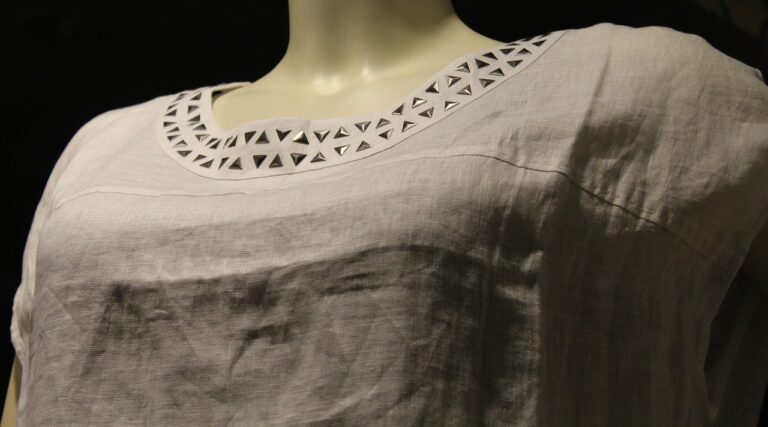Maintaining Your Cricket Equipment: Care Tips
To start cleaning your cricket bat, you will need a soft cloth, warm water, and mild soap. Gently wipe down the surface of the bat with the cloth dampened in the soapy water. Be sure to remove any dirt and grime that may have accumulated during gameplay. Avoid using harsh chemicals or abrasive materials that could damage the bat’s surface.
Once you have cleaned the bat with soapy water, use a clean damp cloth to wipe off any excess soap residue. Then, dry the bat thoroughly with a soft, dry cloth to prevent any water damage. Make sure to store your bat in a cool, dry place after cleaning to maintain its durability and performance on the cricket pitch.
Storing Your Cricket Equipment Properly
To ensure the longevity and performance of your cricket equipment, proper storage is essential. After each match or practice session, it is crucial to clean your gear thoroughly before storing it away. Make sure to wipe down your bat, pads, gloves, and helmet with a damp cloth to remove any dirt or sweat residue. Additionally, allow your equipment to air dry completely before putting it away to prevent mold and mildew growth.
When storing your cricket gear, it is recommended to keep them in a cool, dry place away from direct sunlight and moisture. Avoid storing your equipment in a damp basement or hot attic, as these conditions can lead to damage such as warping or rusting. Utilize equipment bags or storage bins to keep your gear organized and protected from dust and debris. By storing your cricket equipment properly, you can prolong its lifespan and ensure optimal performance on the field.
Inspecting Your Cricket Gear for Damage
Cricket gear is essential for every player to perform well on the field. It is crucial to regularly inspect your equipment for any signs of wear and tear. By carefully examining your cricket gear, you can identify any damage that may affect your performance during a match.
Start by checking your cricket bat for any cracks or dents along the blade and edges. Make sure to also inspect the handle for any loose grips or splinters. For your protective gear, such as helmets and pads, look for any tears or loose straps that may compromise your safety while playing. Regularly inspecting your cricket gear ensures that you play at your best and stay safe on the field.
– Check your cricket bat for cracks or dents along the blade and edges
– Inspect the handle for loose grips or splinters
– Examine protective gear like helmets and pads for tears or loose straps
– Regularly inspecting gear helps ensure optimal performance and safety on the field
How often should I inspect my cricket gear for damage?
It is recommended to inspect your cricket gear for damage before and after each use, as well as at regular intervals throughout the season.
What should I look for when inspecting my cricket gear for damage?
When inspecting your cricket gear, look for any cracks, dents, or other signs of wear and tear on your bat, pads, gloves, helmet, and other equipment.
Can I still use my cricket gear if I find damage during inspection?
It is not recommended to use damaged cricket gear, as it can affect your performance and even put you at risk of injury. It’s best to repair or replace any damaged gear.
How can I repair minor damage to my cricket gear?
Minor damage to your cricket gear, such as small cracks in your bat or gloves, can often be repaired with the appropriate tools and materials. If you are unsure how to repair the damage, it is best to seek help from a professional.
Is it important to store my cricket gear properly?
Yes, storing your cricket gear properly is essential to ensure its longevity and performance. Keep your gear in a cool, dry place and avoid exposing it to extreme temperatures or humidity.







